Pranayama is done before and after meditation, sitting up, eyes may be open or closed. When doing Pranayama after meditation, be sure to take two minutes to come out of meditation first, then begin Pranayama.
The following is a sample monologue to assist you in teaching Pranayama. It is not necessary to use this version word for word. Make sure to cover the key points.
Now I am going to teach you a breathing technique called Pranayama. Later I will tell you why we do it and the benefits.
- «Pranayama is done to the count 4 – 16 – 8. You breathe in to the count of four, retain your breath to the count of sixteen, and exhale to the count of eight.
- «It does not matter how fast or slow you count, just keep the speed the same across all three parts.
- «Breathe somewhat deeper than normal but do not strain.
- «It is important to make sure that you are still exhaling as you get to the last count of eight. The exhalation is the most important part.
- «Let’s try it together. Inhale… (Teacher counts to him/herself quietly.) Retain…(Teacher counts to himself.) And when you are ready, begin exhaling… (Teacher counts to himself. It is better not to count for them as everyone goes at their own speed.)
- «Did you find that easy to do? OK, this time we are going to add something to it. This time, when you inhale, your stomach and abdomen should be distended so that you can fill your lungs all the way to the bottom. (You can demonstrate this and the other movements for them.) Next, when it is time to hold your breath, your lower abdomen and stomach push in and up.. This pushes all the breath up, filling all the pockets in the lungs. Then as you exhale, continue pulling your stomach in. Is that clear? Let’s begin.»
(Have them do the exercise this way once and then check and make sure each person is doing it correctly. If some people aren’t getting it at first, work with them for a minute individually, then have the group repeat it as many times as is necessary until everyone is doing it with ease.)
- «This time you are going to do it on your own, at your own pace. You will repeat the three steps six times. Whenever you do Pranayama, it should always be done six times in a row. You may begin.
- (After they have finished, give them this final instruction:) «You may begin your meditation period with six rounds of Pranayama before going into the actual meditation practice you are doing, mantra or tratak. Then, you will do Pranayama after each meditation as well.»
Additional points:
- If a person has trouble, you can cut the ratio back to 2:8:4.
- If the person finds that it is a snap, they can use 8:32:16. The same ratio must always be maintained!
- If one is feeling agitated before sitting down to meditate, has anxiety attacks, or is short of breath, Pranayama is very effective in calming the nervous system and getting more oxygen to the brain.
Why Do Pranayama?
Pranayama, as taught by AMS, is a breathing exercise that is used for a number of purposes. The word «prana» is a Sanskrit word which means «vital energy». «Yama» indicates a practice of restraint or control. We use prana to mean the vital energy which sustains and permeates every living and non-living thing. We do Pranayama to revitalize our nervous systems by the inhalation of fine currents of prana present in the air we breathe.
The 4:16:8 rhythm that we use in Pranayama is the rhythm of the universe (discovered by ancient sages through long years of meditation and spiritual austerities.) By aligning ourselves with this universal rhythm, we are getting in touch with the flow of universal energy. When we are aligned with the rhythm of the universe, we become more self-integrated. And that is our goal .
On a very practical level, the deep breathing of Pranayama helps to detoxify our lungs and brings oxygenated blood to the brain. It helps us to feel healthier and more alive. When we breathe in to the count of four, we fill our lungs with prana. When we hold our breath for the count of sixteen while pulling the diaphragm up under our lungs, this forces the new, «energized» air to fill all the spaces in the lungs. Holding the breath for a count of sixteen allows the blood ample time to exchange carbon dioxide for fresh oxygen, and that is how a fresh supply of oxygen gets to the brain. The fine prana in the air we inhale fills our system with subtle energy. When we exhale to the count of eight, we push all the dead air out of our lungs and again refill with «new» energized air.
We do Pranayama before meditation to infuse the body and nervous system with oxygen and to “set the stage” mentally for entry into mantra or tratak meditation.
We do Pranayama after meditation because it smooths and helps to bring us out of our meditations very gently. The prana infuses again us with new energy, and the oxygen helps to bring us back to the «present time».
Pranayama can also be use at various other times throughout the day: e.g. when we need to calm ourselves down, after we have run up a flight of steps, or even simply to begin any relaxation process.
Gururaj on Pranayama:
«Pranayama puts a rhythm into your system. Now if your physical body is
functioning rhythimically, then automatically your mind will also function
rhythmically. And because of the rhythm, your mind will become more and
more calmer. Do not think that pranayama is just breathing. It is not just
breathing. The physical breath is only an outward manifestation. What you
are drawing in is the vital force that is in the breath. When you inhale to
four and retain for sixteen, you are allowing the vital force of the breath
to penetrate your entire body. It heals you inside. And when your inner
self is healed, then your outer self naturally would find it’s reflection in it.»
«By meditation and spiritual practices, what we are doing is going deep down to the superconscious level which is the closest to the Manifestor. We use those subtler energies to remodify the thought patterns of the conscious mind. For the conscious mind is a conditioned mind, and we’ve got to use a subtler force to be able to re-pattern or overcome those conditionings of the conscious mind.
«By drawing upon the superconscious energies, the subtlest energies within the relative sphere of life, they flood the dirt away in the subconscious. Modern psychology tries to probe and find causes; we do not. Why analyze the causes? There is a way whereby those energies can be brought forth to clear away the dirt and the muck.
«In this room, if there is a lot of dirt lying around, are you going to analyze the dirt, or are you going to bring the broom? Which is better? What is the sense of saying this is sawdust, and this came from the wind blowing it in, and that the baby made a wee there? Just bring the broom and sweep it out! Take the direct line. Man has this ability.
«Through spiritual practices we are working with energies. We are activating grosser energies and very systematically leading those grosser energies so they could reach the more subtler and subtler energies which are in the mind. For the mind has various strata: the conscious level, the subconscious level, and the superconscious level.
«The eternal spirit within man is beyond all experience of motion. It just is. It is a question of superimposition. The sun is always there. The clouds may cover it, but it is always there. In meditation we are tapping into this eternal stillness and quiet part of ourselves.»
Gururaj Ananda Yogi
US-79010
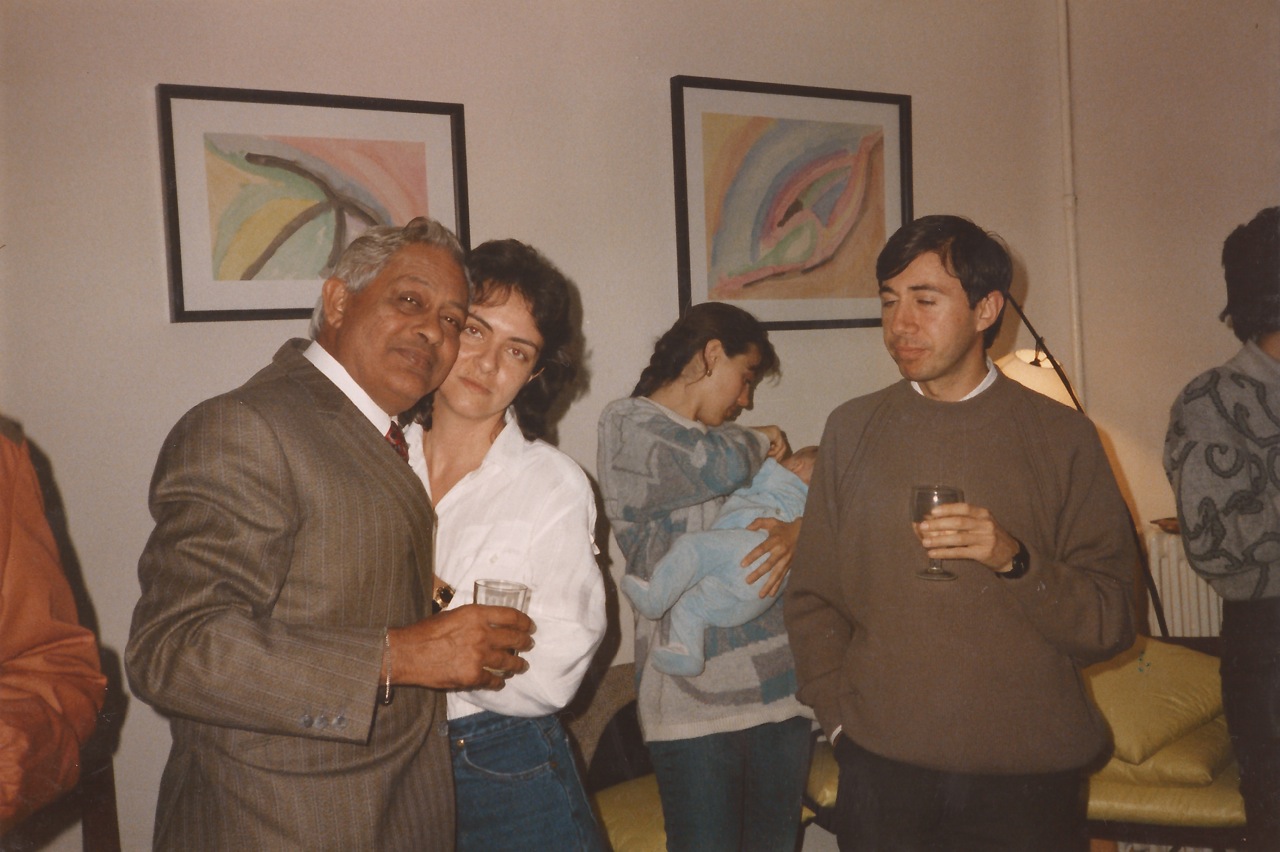
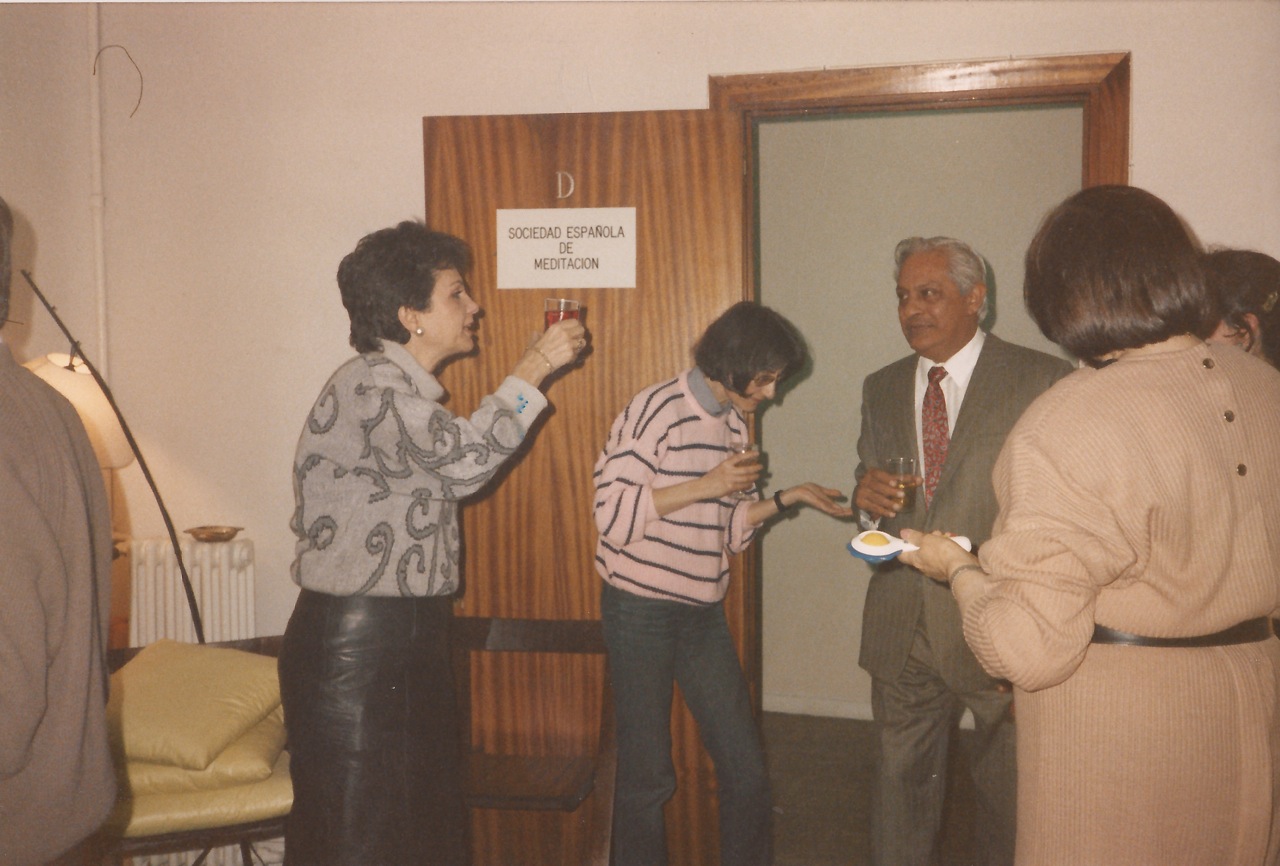
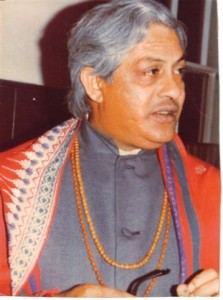

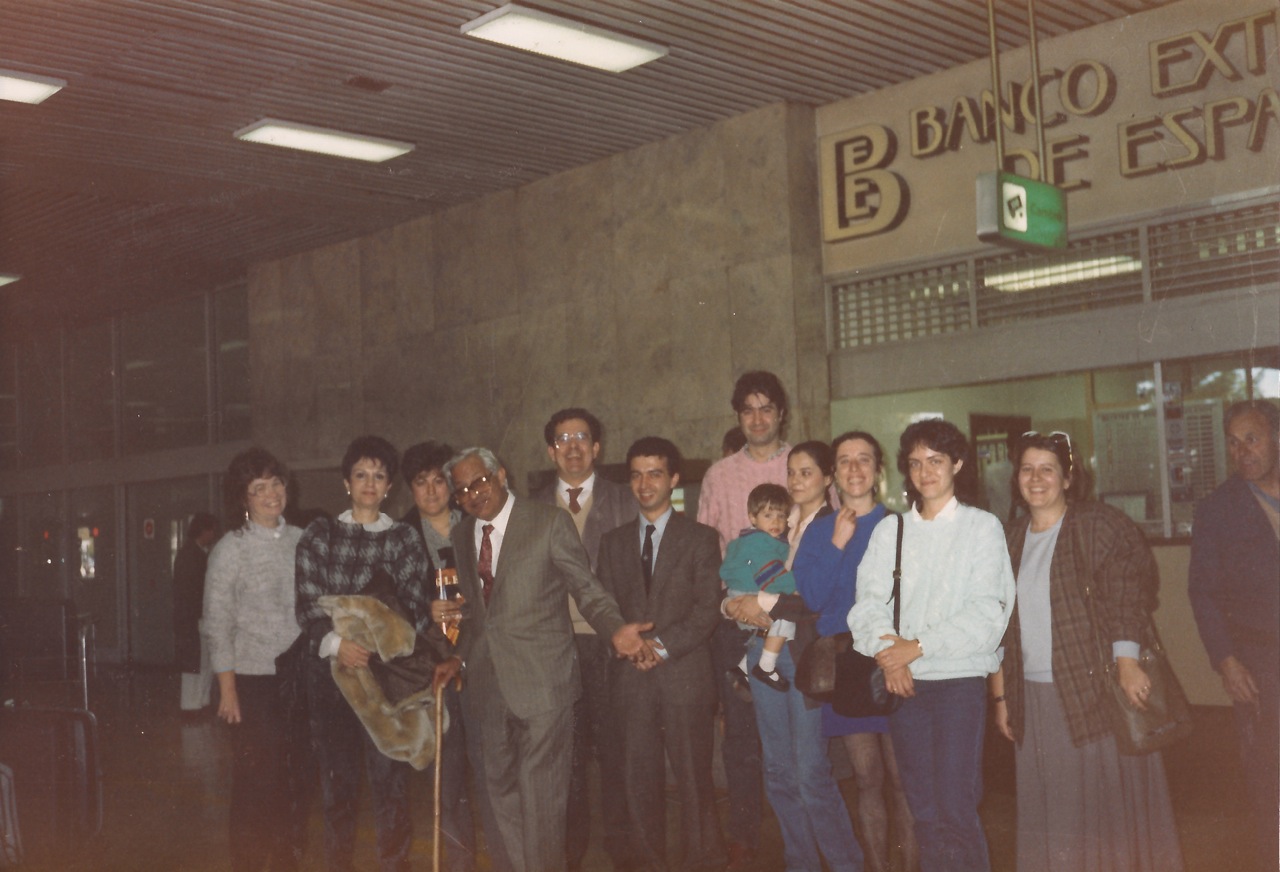

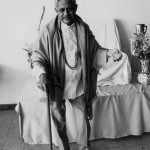
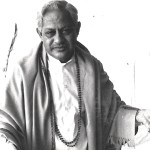
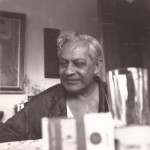

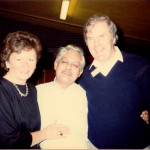
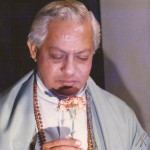
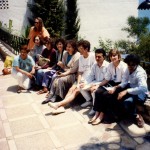
Speak Your Mind